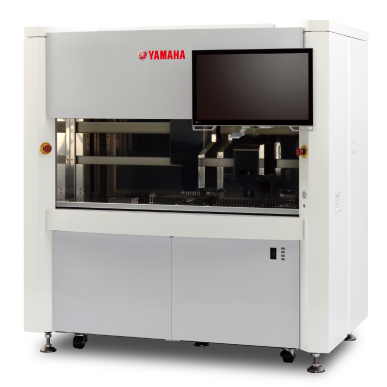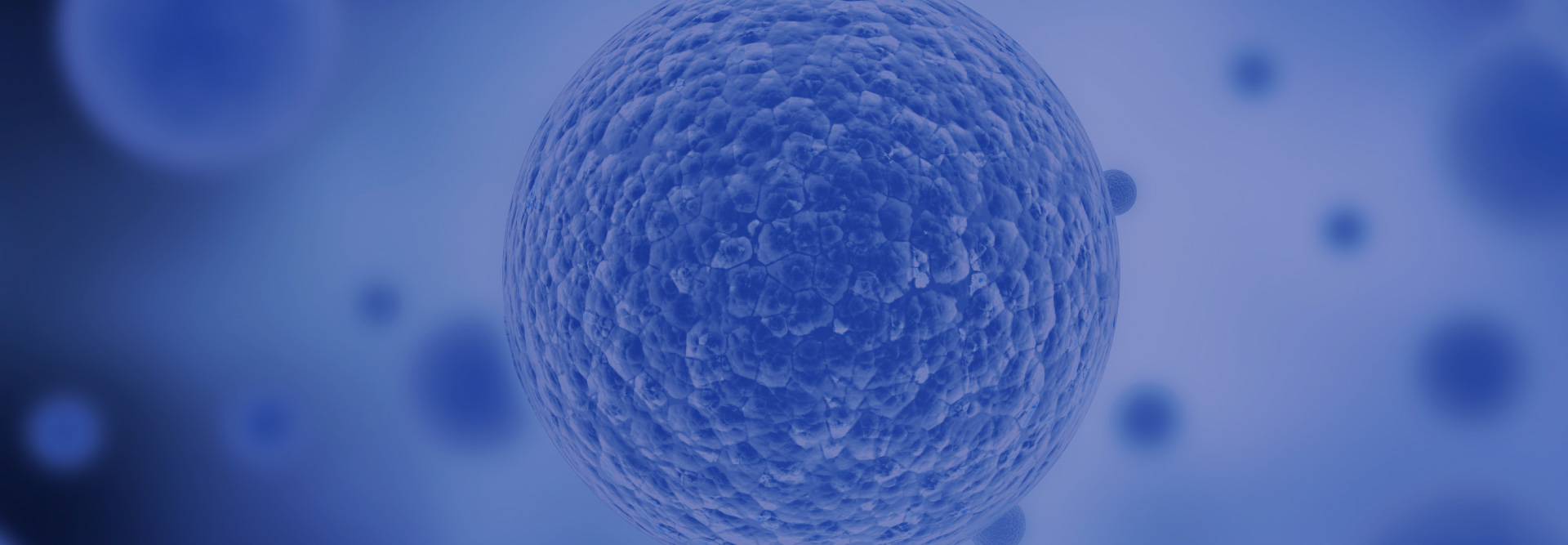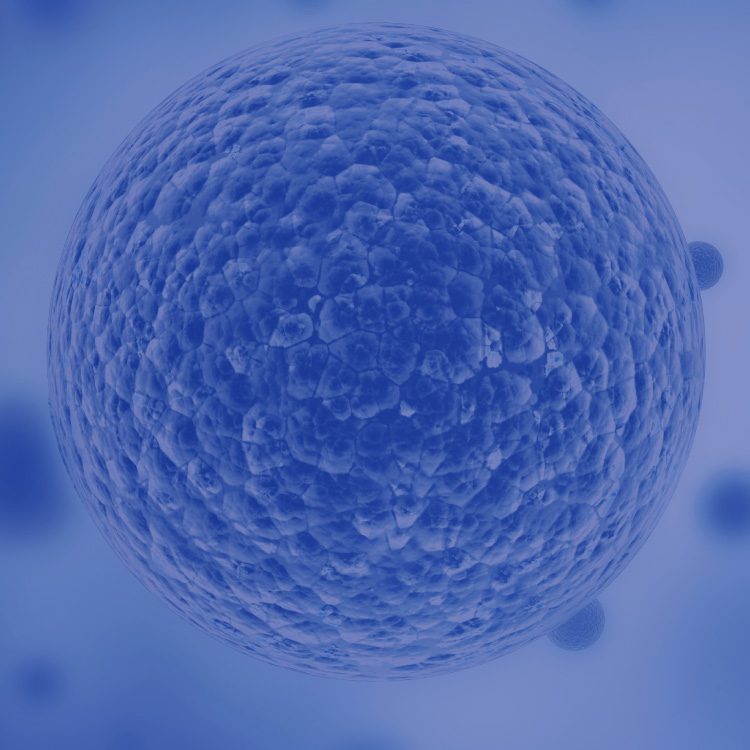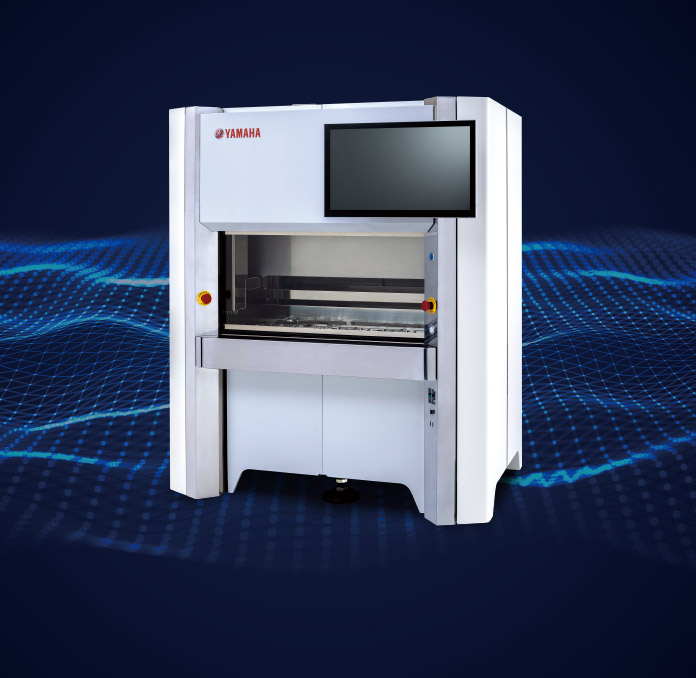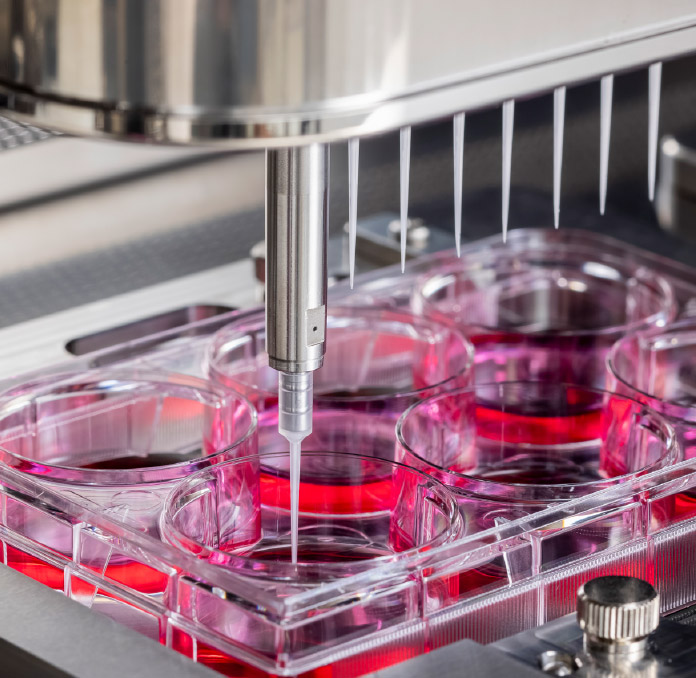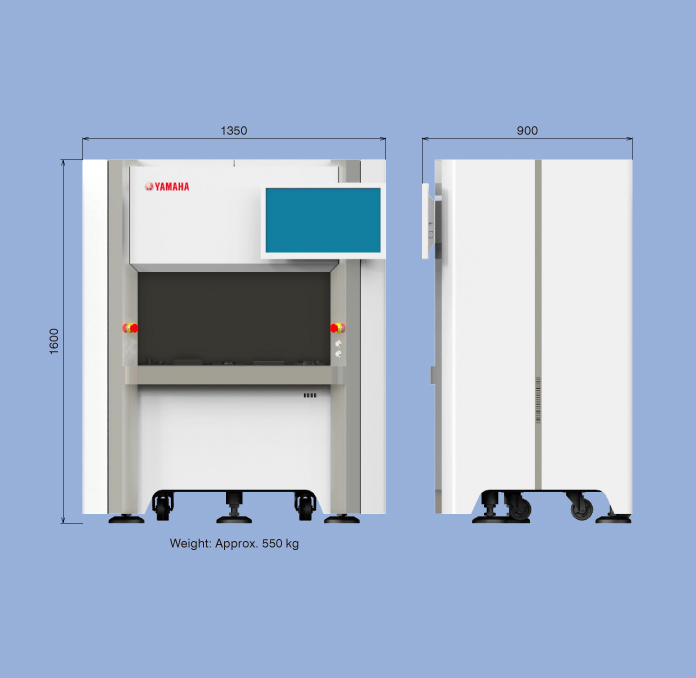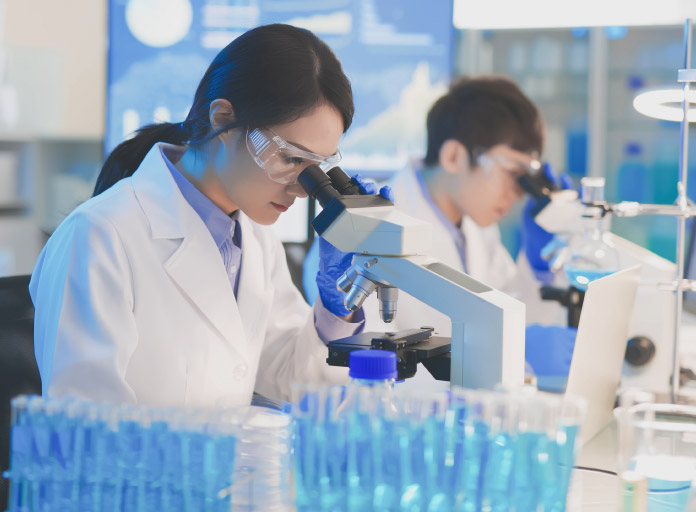News
August 7, 2025
Conference Presentations
A study using CELL HANDLER™ was presented at SLAS2025 International Conference & Exhibition:
Miniaturizing patient-derived organoid screening assays for predictive drug testing
Events
December 16, 2025
The Annual Meeting of the Japanese Society of Patient-Derived Cancer Models 2025
We will exhibit at the JSPCM2025.
At our booth, we will present the features, technologies, and applications of CELL HANDLER™2.
Date: December 17 (Wed) – 19 (Fri), 2025
Location: National Cancer Center Japan, New Research Building 1F, Tsukiji, Tokyo, Japan
November 24, 2025
JAACTT 2025 “Beyond SDGs – Democratizing the Cell World”
We will participate in JAACTT 2025 with a technical seminar, corporate exhibition, and poster presentation featuring CELL HANDLER™2.
Date: December 8 (Mon) – 11 (Thu), 2025
Location: Grand Cube Osaka (Osaka International Convention Center), Japan
Technical Seminar
Title: Enhancing CHO Cell Line Development with CellHandler2 for Monoclonal Antibody Manufacturing
Speaker: Juan Betancur, Renzoku Biologics Inc.
November 13, 2025
Screening Science Society Meeting
We will exhibit at the Screening Science Society Meeting, showcasing CELL HANDLER™2.
Visitors are invited to learn more about its product features, core technologies, and diverse applications.
Date: November 27 (Thu) – 28 (Fri), 2025
Location: Tower Hall Funabori, Japan
